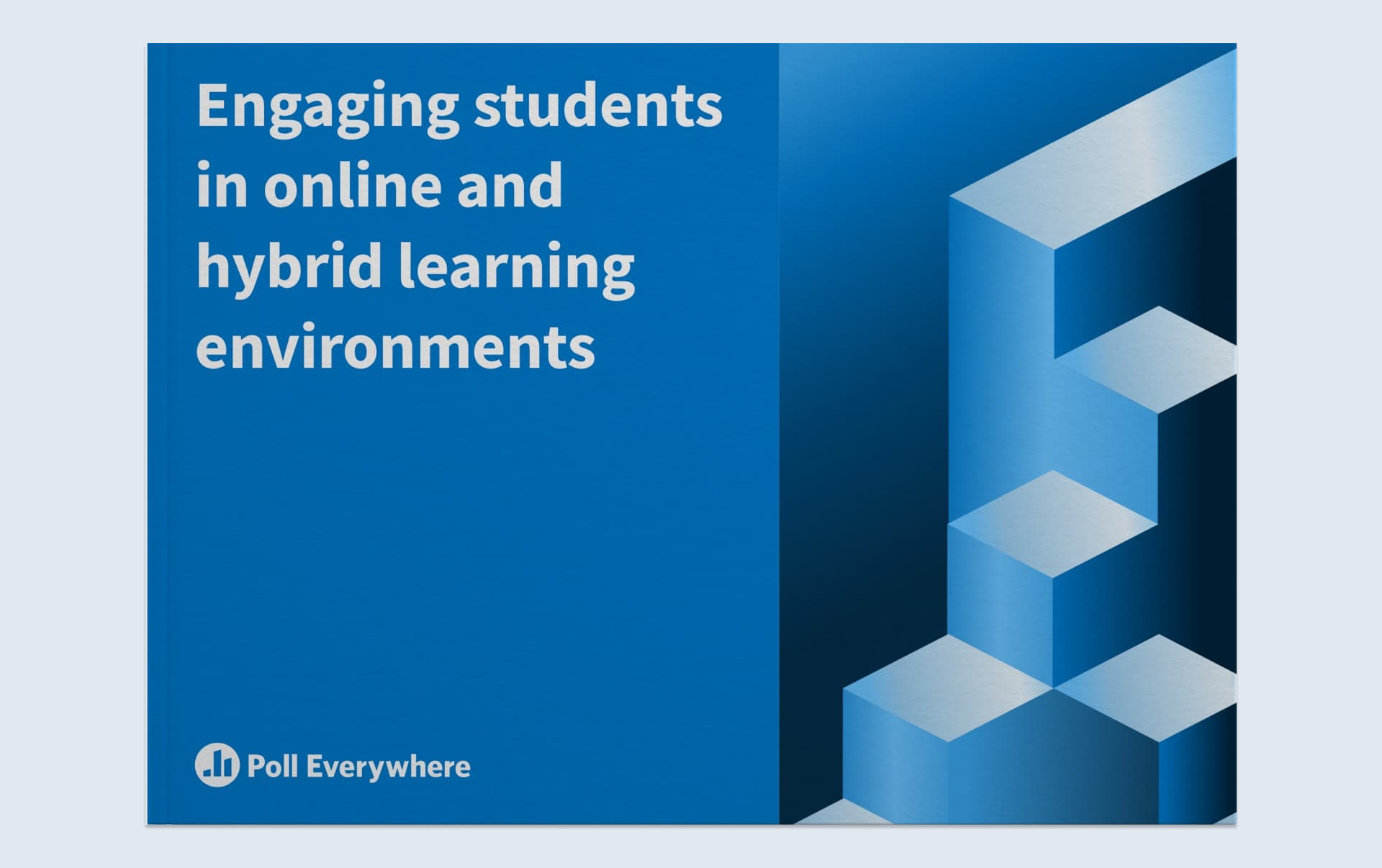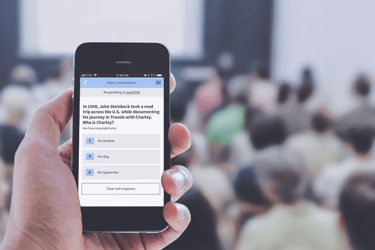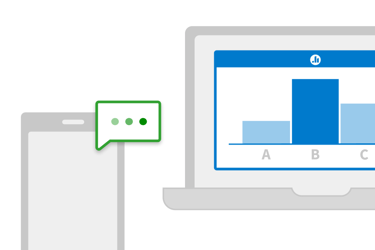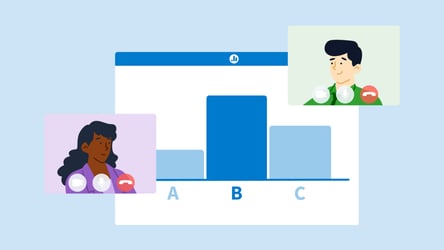Powering Student Engagement

Overview: What is Student Engagement?
Student engagement refers to the degree of attention, curiosity, interest, optimism, and passion students show when learning or being taught. Engaged students are generally more motivated to learn, participate actively in class, and are more likely to succeed academically. Student engagement goes beyond mere participation and involves a deep connection with the learning process, fostering a positive and collaborative learning environment.
Factors influencing student engagement include effective teaching methods, a supportive learning environment, a meaningful and relevant curriculum, opportunities for student voice and choice, and positive relationships between students and teachers. Engaged students tend to be more proactive in their education, taking ownership of their learning and developing critical thinking skills.
To put simply student engagement is the “Attitude towards school, interpersonal relationships within the institution, and disposition towards learning.” Source
Signs of an Engaged Student
1. Grades
Grades, especially in classes that weigh academic achievement and participation/attendance, are one of the key indicators of an engaged student. An engaged student will absorb more information and will participate in more learning activities, which will show in their grades. They will perform better on exams and in projects because they are engaged in the material.
2. Class drop-out rate
Class attrition can be caused by a multitude of factors but disengagement can be a reason. Disengaged students may feel discouraged or uninterested in the class and as a result, they may drop out. Especially in a higher education environment where students can drop classes before a cut-off, seeing how many students drop your class midway can be a sign of disengagement.
3. School attrition
It can also be helpful to note whether the institution as a whole has a high dropout rate. Conversely, you can also take a look at graduation rates to see if college students are delaying their graduation dates or not graduating at all.
4. Communication
Communication between students and teachers sends a clear signal about whether they’re engaged or not. Communication between students and their peers can also indicate whether they feel social-emotional engagement.
5. Appearance and attention
Taking note of students’ appearance is possibly the easiest way to check engagement, especially if you’re teaching a virtual class. Engaged students will likely be focused on their screens and not seem distracted by things happening off-screen during class time.
Case Studies
Discover how Poll Everywhere customers have successfully improved student engagement.
-

-
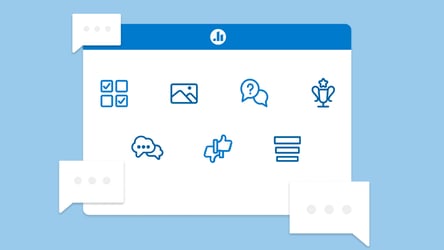
Reinforcing concepts with live student engagement with Washington & Jefferson College
CASE STUDY
Learn More -
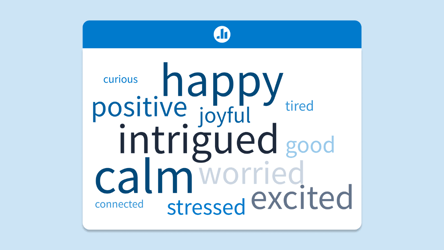
How to Measure Student Engagement
1. Participation in classroom activities
Showing up to class, participating in learning activities, asking or answering questions, keeping up with tasks, and submitting high-quality work are key signs of an engaged student.
2. Participation in small groups
Observe how your students work in smaller groups, quieter or more introverted students might blossom in these settings.
3. Games and competitions
Measure your student’s intellectual engagement by gamifying certain aspects of the classroom with competitions, games, and challenges.
4. Pop quizzes
Pop quizzes are effective at gauging which students are having a hard time in class. Disengaged students will often struggle with pop quizzes since they are not absorbing the material. If you don’t want to penalize your students, use a Poll Everywhere Multiple choice question to quickly quiz students on the material but do not count it towards their grade.
5. Ask your students
Pulse surveys and mid-semester check-ins are a great way to collect feedback from your students and improve your teaching methods. Inviting them to share their feedback by including open-ended questions at the end of your presentation can bring extra insight into your students’ perceptions and engagement levels. '
Read more: Check out our blog for a deep dive into how to measure student engagement.
The Benefits of Student Engagement
Highly engaged schools have fewer chronically absent students and higher test scores. Improving student engagement in higher education can yield numerous benefits, including:
1. Enhanced Learning Outcomes: Engaged students tend to achieve better academic results. They are more likely to actively participate in class discussions, complete assignments on time, and demonstrate a deeper understanding of course material.
2. Increased Retention Rates: Higher levels of engagement are associated with greater student retention. When students feel connected to their learning environment and peers, they are more likely to persist through challenges and complete their degree programs.
3. Improved Critical Thinking Skills: Engaged learning encourages students to think critically, analyze information, and make connections between concepts. These skills are essential for success both in academia and in the workforce.
4. Preparation for Future Careers: Engaged students develop valuable skills such as problem-solving, communication, and collaboration, which are highly sought after by employers. By actively participating in their education, students are better prepared for the demands of the professional world.
5. Positive Learning Environment: Higher levels of student engagement contribute to a positive and vibrant learning environment. This fosters a sense of community among students and faculty, leading to increased motivation and enjoyment of the learning process.
6. Increased Satisfaction and Well-being: Engaged students tend to report higher levels of satisfaction with their educational experience. Feeling connected to their studies and peers can also have positive effects on students' overall well-being and mental health.
7. Enhanced Faculty-Student Relationships: When students are actively engaged in their learning, they are more likely to interact with instructors and seek out support when needed. This can lead to stronger relationships between faculty and students, fostering mentorship and academic growth.
8. Promotion of Lifelong Learning Habits: Engaged learning encourages students to take ownership of their education and pursue knowledge beyond the classroom. By developing a passion for learning, students are more likely to continue their intellectual growth throughout their lives.
Overall, improving student engagement in higher education is associated with numerous benefits for both students and institutions, including improved academic performance, increased retention rates, and enhanced preparation for future success.
The Best Tools to Improve Student Engagement
Poll Everywhere is a student engagement tool for K-12 and higher education institutions that allows students and educators to communicate during lectures. It offers several polling and quizzing options so educators can gather feedback and determine student retention for specific topics. The presentation screen transforms in real-time as they respond, reflecting the collective sentiment or understanding level.
In addition, if you want to gamify the experience to increase participation, you can use Activities like Competitions which use a point system and a leaderboard to add an element of friendly competition which creates a more engaging experience.
Other Activities like Open-ended or Q&A open up the floor for students to participate anonymously, avoiding the fear of being put in the spotlight. Plus, it encourages an active learning process, which can be an issue during online learning sessions.
Discover our comprehensive list of the best student engagement tool recommendations on our blog.
Student Engagement Resources
Discover new ways to create an engaging learning environment.
Get started with Poll Everywhere
Improve student engagement with live online polling, surveys, Q&As, quizzes, word clouds, and more.

